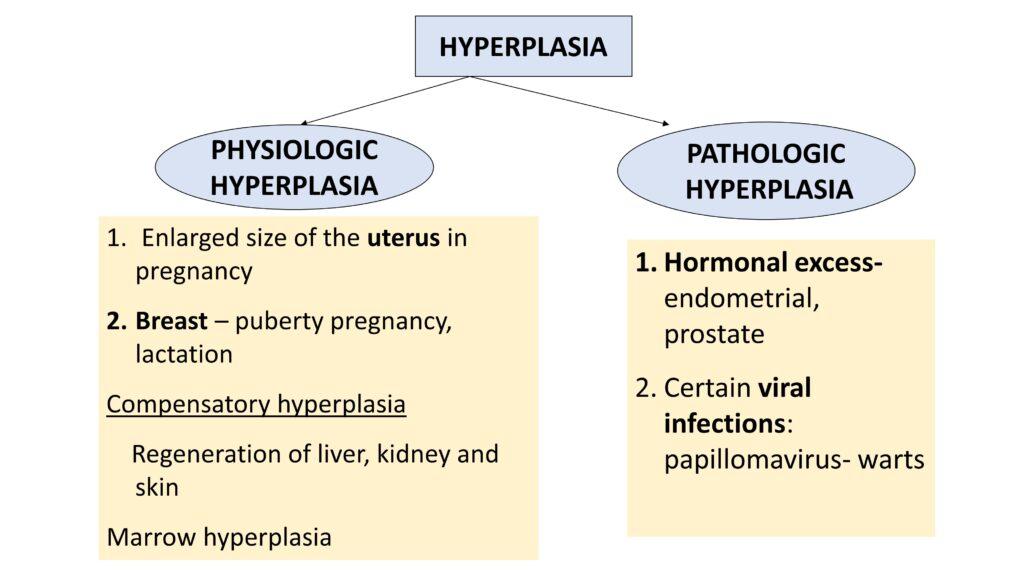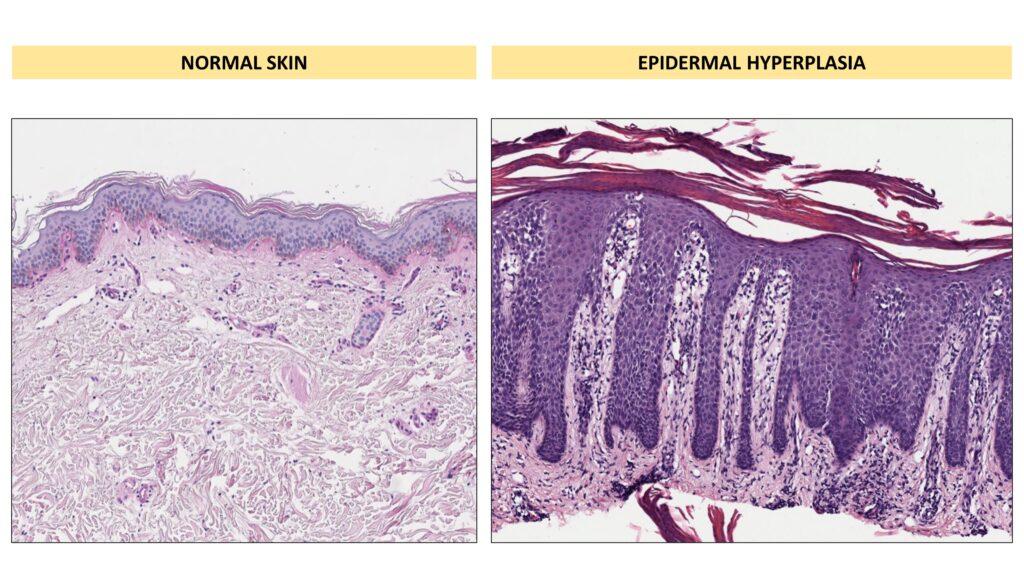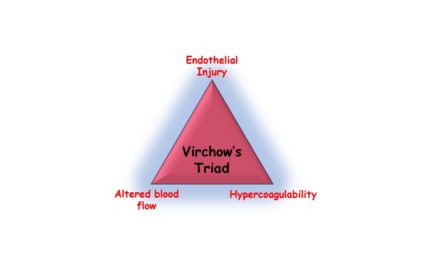What is hyperplasia?
Hyperplasia is an increase in the number of cells in an organ or tissue, which can lead to the organ’s enlargement. This process only occurs if the cell population is capable of dividing.
Can all cells undergo hyperplasia?
No, NOT all cells can undergo hyperplasia. Cells that are incapable of dividing, such as neurons, cardiac muscle cells, and skeletal muscle cells, DO NOT undergo hyperplasia.
What are the types of hyperplasia?
Hyperplasia can be classified into two main types: physiological and pathological hyperplasia.

Physiological hyperplasia occurs as a normal response to a stimulus and includes the enlargement of the uterus during pregnancy or breast growth during puberty, pregnancy, and lactation.
Pathological hyperplasia, on the other hand, is abnormal and can be caused by hormonal excess or certain viral infections, such as papillomavirus leading to warts.
What causes hyperplasia?
Hyperplasia is caused by the growth factor-driven proliferation of mature cells or an increased output of new cells from tissue stem cells. It can be triggered by mild injury, leading to increased production of growth factors and proliferation of cells, or severe injury/partial removal of an organ, activating progenitor cells to regenerate the organ.
Describe the pathogenesis of hyperplasia?
Hyperplasia is the process by which there is an increase in cell number in a tissue or organ, and it occurs through two primary pathways:
Growth Factor-Induced Hyperplasia: This occurs when mature cells within an organ respond to extra growth factors, which are proteins that signal cells to proliferate. Let us take an example of Liver, where hepatocytes or hepatic stellate cells respond to a mild injury by producing more growth factors, leading to an increase in hepatocyte numbers through mitotic cell division.
Stem Cell-Mediated Hyperplasia: This process is activated when there is a more significant injury or loss of tissue, such as after partial hepatectomy, where part of the liver is surgically removed. The body then signals hepatic progenitor cells—located in the Canal of Hering—to proliferate and differentiate into mature hepatocytes to replenish the lost liver tissue.
What are some common examples of hyperplasia
Benign prostatic Hyperplasia is a form of hyperplasia that affects the prostate gland. It involves an increase in the number of cells in the prostate, leading to its enlargement. This can cause urinary symptoms such as difficulty in starting urination, a weak urine stream, and increased frequency of urination, especially at night.

Endometrial hyperplasia is a condition where there is a proliferation the endometrium. It’s often due to an excess of estrogen without adequate progesterone to counterbalance it. Endometrial hyperplasia can present with symptoms like abnormal uterine bleeding and, if left unchecked, can increase the risk of developing endometrial cancer.

Epidermal hyperplasia refers to the thickening of the epidermis, the outer layer of the skin, due to an increase in number of keratinocytes. This can occur in response to chronic irritation or inflammation or some viral infections and is seen in conditions such as chronic dermatitis or psoriasis or viral warts.












Recent Comments